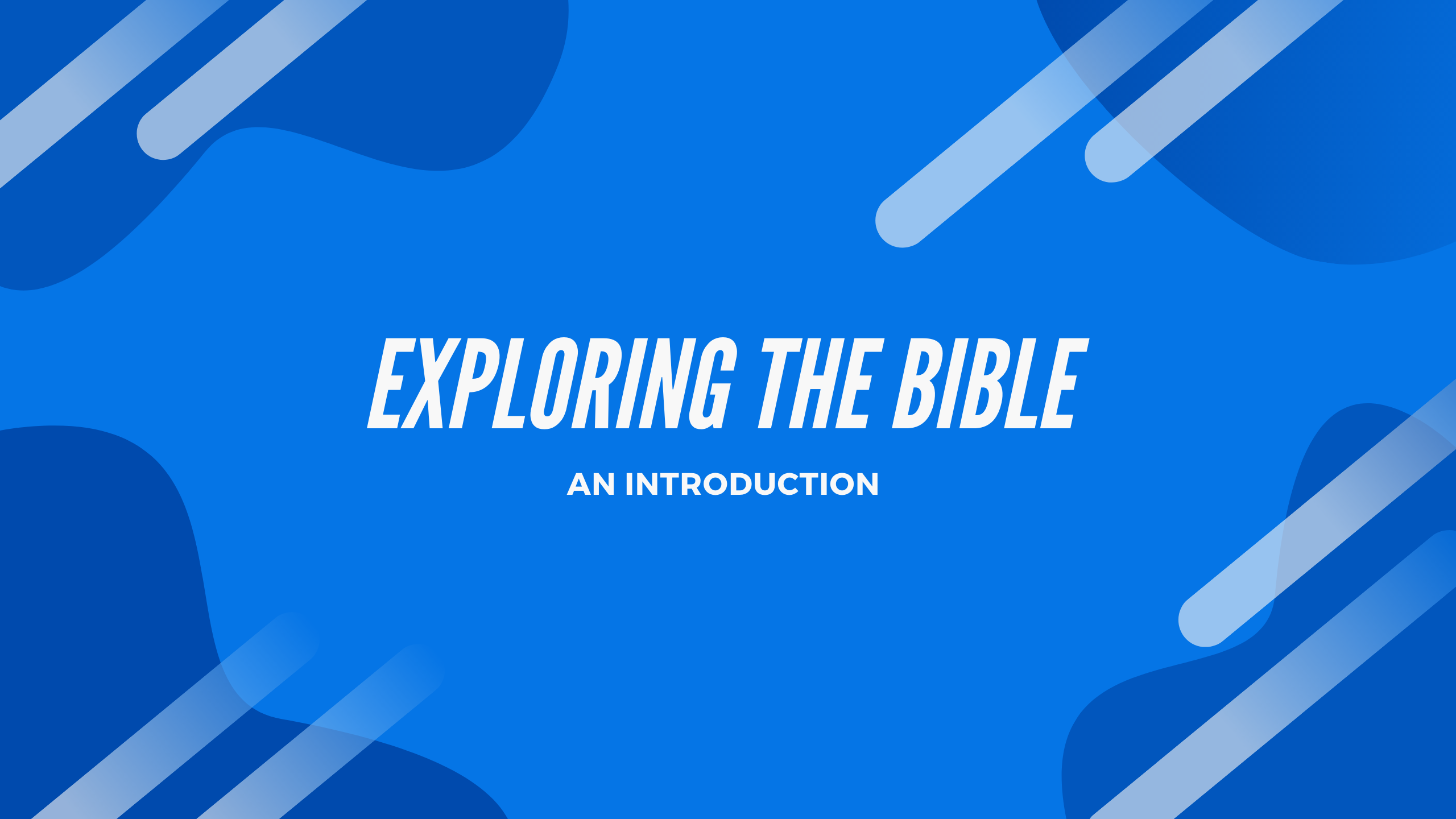
The New testament
The Gospels
‘The Gospels’ consist of the first four books of the New Testament – Matthew, Mark, Luke and John – and give accounts of the life, death and resurrection of Jesus Christ. Each book serves a unique purpose in detailing Jesus’ life through either the author’s reason for writing the book and what message he is trying to convey about Jesus, or who the author’s intended audience was and how the gospel of Jesus Christ would impact their lives going forward (i.e. Jews and Gentiles). For example, in John, we see an eye witness account from ‘The Disciple Jesus Loved’ (not that he didn’t love them all, see John 13:23). The Gospel of John was addressed to the Jews at the time to inspire them to believe that Jesus is the Messiah and that through faith they may receive life in His name (John 20:31). On the flip side, in the Gospel of Luke, “the beloved physician” (Col. 4:14), rather than being addressed to a wide audience, was instead addressed to one person in particular, Theophilus (Luke 1:3). Luke is also unique in that he was the only Gentile to compose a New Testament Book.
The Acts of the Apostles picks up from the resurrection and ascension Jesus at the end of the Gospels. The book of Acts provides us with a chronological history of the first church of Christ beginning of Acts 2 on the day of Pentecost. It details the acts of the Apostles who were commissioned by Jesus to spread the Good news of the Gospel to the Gentile world. It also describes the gradual movement of the church as from its roots in Jewish tradition as well as the conversion of Paul and subsequently his missionary efforts.
The Epistles
The twenty-one subsequent books following Acts are the Epistles. The first thirteen of these Epistles (letters) are those associated with Paul and are described as the “Epistles of Paul’. Four of these are often regarded as the ‘Prison Epistles’ are they were written whilst Paul was confined in prisons (Philippians, Ephesians, Colossians, Philemon). Three of these letters are regarded as ‘Pastoral Epistles’ as there were written to church leaders, Titus and Timothy ( 1 Timothy, 2nd Timothy and Titus). The remaining of the Epistles of Paul are Romans, 1 Corinthians, 2 Corinthians, Philemon, Galatians, 1 Thessalonians, 2 Thessalonians.
The remaining epistles in the New Testament are ‘The General Epistles’ or the ‘Catholic Epistles’. This is because as opposed to the Epistles of Paul, these are not written to specific persons or churches but instead were written to be circulated amongst all of the churches. These seven epistles are James; I and II Peter; I, II, and III John; and Jude.
The Letter to the Hebrews was at one point in history attributed to Paul. It is now widely accepted that it is more likely written by an unknown Christian of the first century.
The book of Revelation
The last book in the Bible is the book of Revelation. It is the New Testament’s only piece of literature in the apocalyptic genre. An apocalypse is a type of religious literature that has to do with the end of the world and the events that will take place before the end comes. It was written by John, the author of the fourth Gospel. The book is split into two main sections. Chapters 1 to 3 contain an introduction and letters to the seven churches in Asia. Chapters 4 to 22 contain the visions of the writer concerning the end of history and the triumph of the Kingdom of God